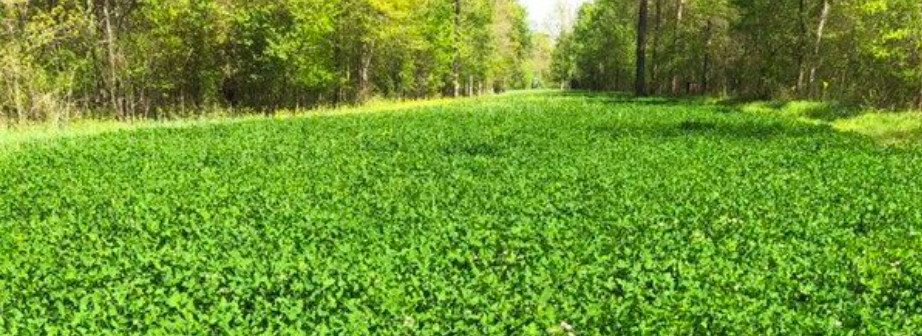Most American farmers have never laid eyes on Balansa clover—a high nitrogen-fixing cover crop and high protein forage that is native to the Mediterranean region and popular Down Under—but with our new cold-hardy variety called FIXatioN debuting this month in North America, that may soon change.
We began intense research and development on nitrogen-fixing legumes a decade ago, knowing that nitrogen prices were rising and the nation needed more sustainable solutions in the form of cover crops. Taking advantage of the counter cycle, a good cover crop can return nitrogen to the soil, hold in moisture, provide erosion control, and improve yields. The trick is finding the right cover crop and economics, and we thought there was room for improvement.
Sourcing germplasm from more than 70 countries, we established 3,000-plus plots of legumes to evaluate with the express intent of finding an annual that produced significant biomass and could fix a lot of nitrogen. During our initial trials, when one of Oregon’s harshest winters dished out cycles of freezing rain and ice, our plots were easily narrowed down to three or four species, Balansa clover being one.
Our research led us to Balansa clover enthusiast Dr. Seth Dabney, research leader at the USDA Agricultural Research Service in Oxford, Mississippi. He told us he’s been a proponent of Balansa clover for around 25 years. “It’s an under-recognized and underused cover crop or pasture crop that’s a very good reseeder,” he said. “And it’s an excellent plant for supporting honey bees.”
Dr. Dabney also agreed that our new variety’s cold hardiness and late-to-mature attributes could be a real advantage for both forage and cover crops in North America.
So, what is it about our Balansa clover that makes it so hardy? Likely, it’s this clover’s unique, close-to-the-ground growth habit that aids it in getting through the winter better than other clovers. At Oak Park Farm in Oregon, it survived Willamette Valley’s 2014 winter, which got down to −5F.
Dr. Garry Lacefield, a professor at the University of Kentucky, noted that he was “extremely impressed with the amount of growth compared to the other annual winter clovers there at the time.” He is now experimenting with the seed in Kentucky.
Who knows what kind of winter we have ahead – but with our release of FIXatioN this month, farmers and ranchers can be ready for whatever Nature has in store!


